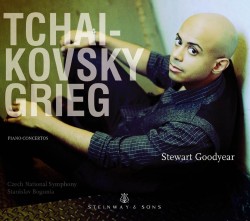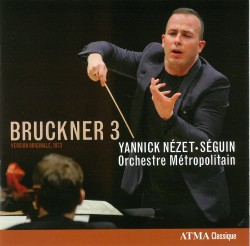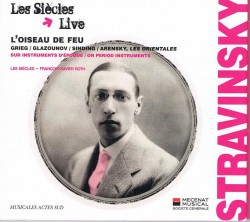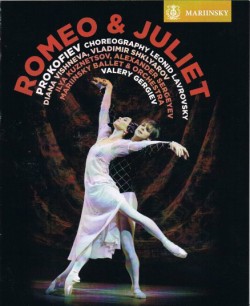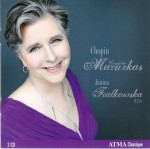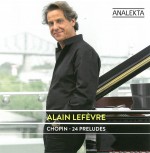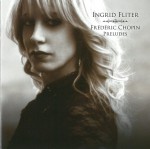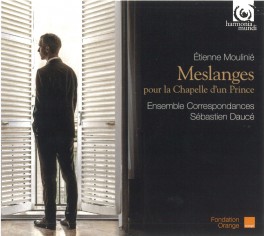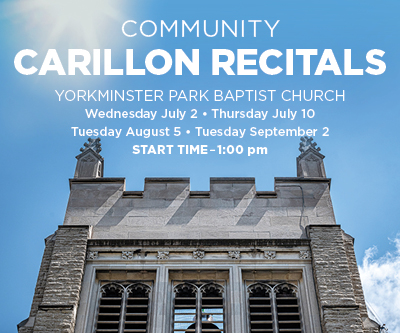Beethoven – Complete Works for Cello and Piano
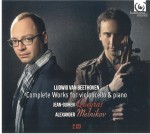 Beethoven – Complete Works for Cello and Piano
Beethoven – Complete Works for Cello and Piano
Jean-Guihen Queyras; Alexander Melnikov
Harmonia Mundi HMC 902183.84
Having already collaborated on chamber music by Brahms, Kodály, Debussy and Poulenc, Canadian-born cellist Jean-Guihen Queyras and Russian pianist Alexander Melnikov – two established Harmonia Mundi artists – have now turned their attention to music by Beethoven in this splendid two-disc set featuring the complete works for cello and piano.
The music was composed over a 20-year period, from 1796 to 1815. The two sonatas Op.5, were a result of Beethoven’s association with the musical court life in Berlin which not only included the cello-playing King Frederick Wilhelm II (nephew of, and successor to, the flute-playing Frederick the Great) but also the Duport brothers – both cello virtuosos. The Queyras-Melnikov pairing is a sublime one, their playing elegant and polished, with a wonderful sense of momentum throughout. The first disc also includes the delightful Variations on Mozart’s Ein Mädchen oder Weibschen from The Magic Flute and See the Conquering Hero Comes from Handel’s Judas Maccabeus.
It was almost 11 years later that Beethoven returned to the cello/piano combination with his Sonata in A Major Op.69, long regarded as one of his most renowned in the genre. The mood is dignified and majestic and the equal partnership of the artists results in a wonderful cohesion of sound, with Queyras’ warm rich tone perfectly complemented by Melnikov’s solid performance. Also included on this disc are the variations on Mozart’s Bei Männern welche Liebe fuhlen from The Magic Flute and the two sonatas Op.102 completed in 1815. Queryas displays a particular tenderness in the slow movement of the second sonata before the two embark on the robust fugal finale, thus bringing the set to a most satisfying close.
Well done, Messrs. Queyras and Melnikov – it’s a classic case of outstanding repertoire superbly played, and we can’t ask any more than that.


